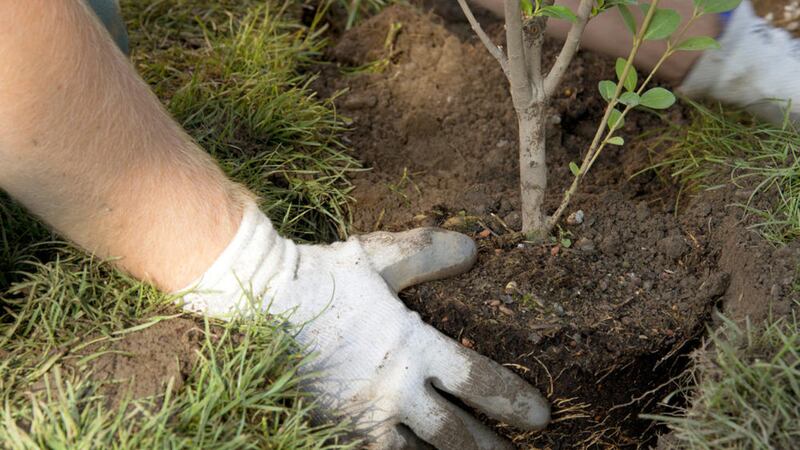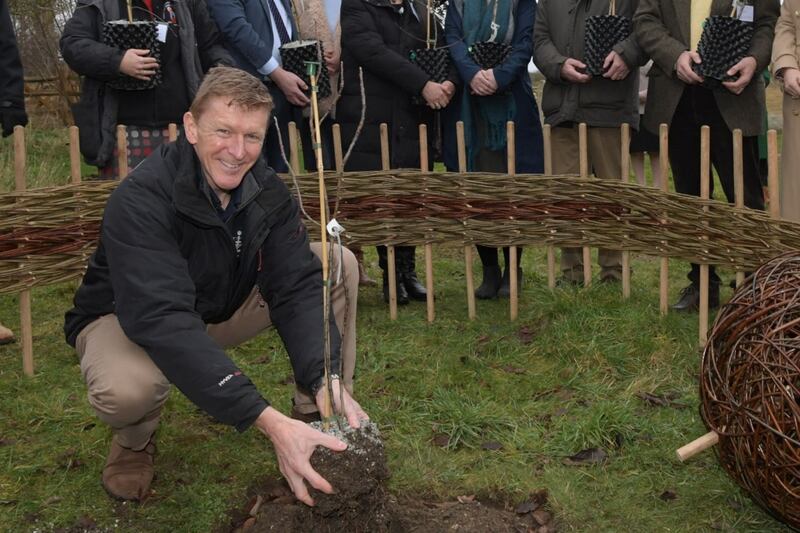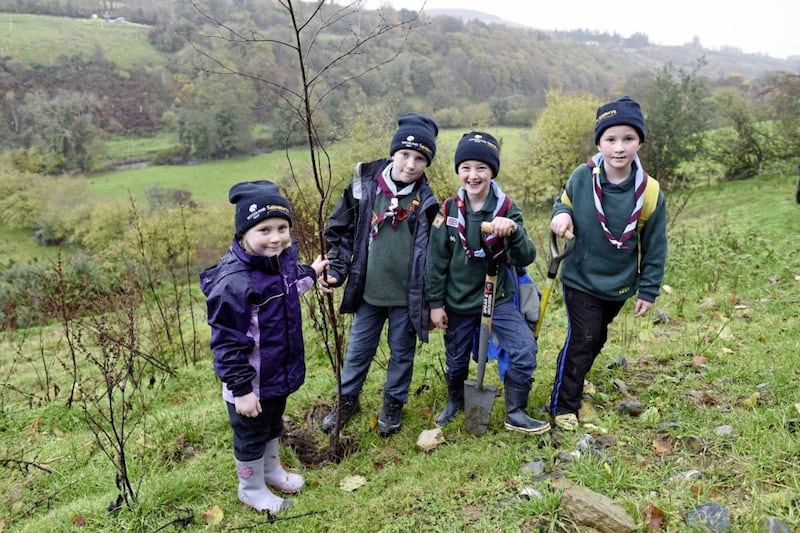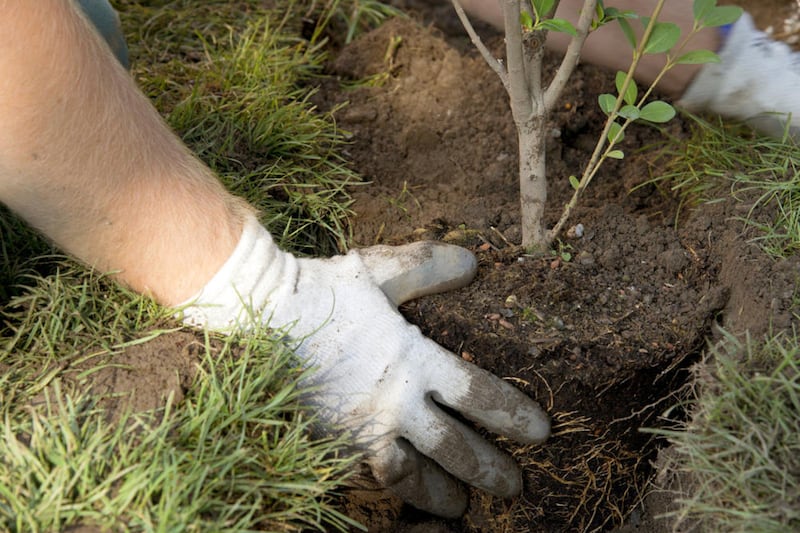IT’S amazing how quickly they have shot up, still not fully formed but taking on their own unique shapes. It seems like just yesterday that they barely reached my knees but now most of them tower above me – the biggest must be at least 18 feet tall.
It is three and a half years since I first started digging into the newly turned over soil of an obscure field which was too small for crops or grazing. The soil was mostly poor quality, stony, but with areas of damp where my shovel sank into it like a knife through butter.
That first year, 2013, I planted 60 trees – mountain ash, Scots pine, birch and oak. In my mind’s eye was a lush, verdant native Irish forest – the reality was a few wisps of twig, bare root saplings, swaying in a March wind.
Spring brought a few sparse shoots but little growth – apart from the grass and weeds, which started to outgrow some of the trees, and brambles, lots and lots of brambles.
There were casualties as I used a strimmer to cut back the surrounding growth to give a bit of breathing space and on a couple of occasions managed to slice through the flimsy saplings.
The following year I bought 60 four-year-old beech trees (for a euro each). Although not strictly native Irish trees, they have been part of the Irish landscape for 400 years and provide habitats for our native mammals, birds and insects.
I also planted more Scots pine, mountain ash and birch, noting with satisfaction that some of the trees from the previous year were twice the size of the newcomers, though still fragile and wispish.
In addition I added two yew trees and a smattering of blackthorn and whitethorn alongside existing hedgerows.
By summer I was in weekly battle with the grass and brambles and had exchanged the strimmer for a scythe, purchased secondhand at a car boot sale.
Anyone who has ever handled a scythe will know that it is a tool that requires skill and precision to be used effectively, neither of which I possess and so a few more hapless saplings were taken out as I hacked my way through the undergrowth.
Half a dozen of the beech didn’t make it through the summer, through no fault of mine – they just seemed to shrivel up and die. They had been planted in the soggiest part of the field and so the following March I put in willow and alder and more alongside a small stream that flows at the bottom of the field.
These trees have thrived and in just under two years are among the tallest and most lush in my infant forest.
This year has seen it start to take on a character, with flourishing clusters of birch surrounding one of the yews. The Scots pine also seem to thrive in close proximity to one another, the strays out by themselves dwarfed in comparison. The red berries on the mountain ash add a splash of colour.
A few fruit trees thrown in at random are delivering a harvest of small, hard apples and pears which may not be fit for eating this year, but which are promising better yields in times to come.
In a few more years the forest should form a canopy that will restrict the growth of the grass and the brambles below but for now I will have to keep on hacking, although I have spotted a small clearing between two oaks which, when they get a bit sturdier, I plan to sling the hammock that is waiting in the shed for that day.





